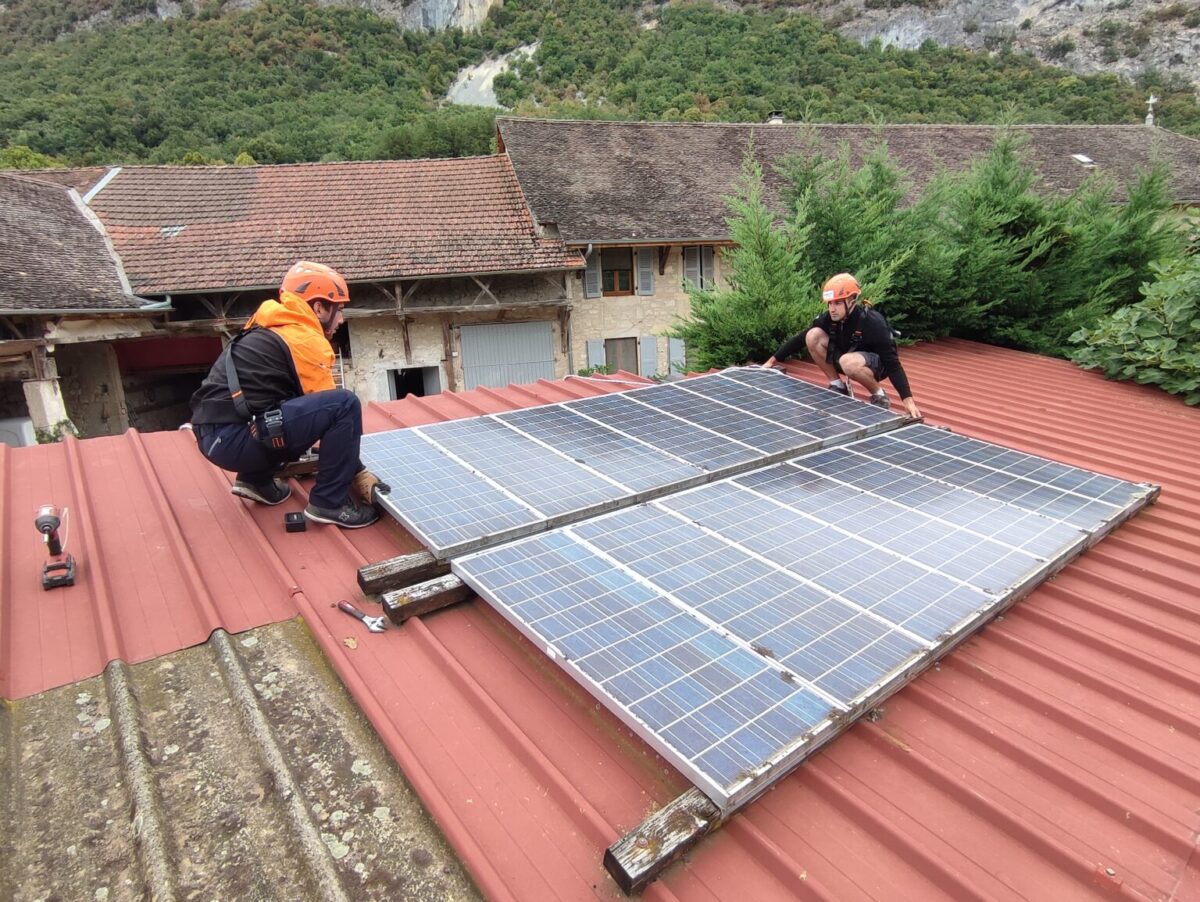From pv magazine France
French association Hespul was created in 1991 to set up the first photovoltaic plant connected to the national network in France. Following the inauguration of the Phébus 1 power plant on June 14, 1992 in Ain, Hespul decided to expand its activity to promote photovoltaics in France, which at the time was almost non-existent.
The association has now revealed that around 10 m2 of the panels, corresponding to around 1 kW, were dismantled from the system last year and submitted to a series of tests according to the international standards.
The panels were placed in a dark room at a controlled temperature and exposed to a light flash of 1000 W/m2 to measure their maximum instantaneous power. This value was then compared to their factory measurements.
The tests were enabled via a corporate sponsorship by the France-based certification body Certisolis and French solar specialist Isowatt, which carried out the flashing of the panels and the dismantling/reassembly, respectively .
The testing showed that the modules still produce on average 79.5% of their initial power after 31 years of operation. In a previous testing carried out 11 years ago, the panels were found to produce 91.7% of their initial power. “This result exceeds the performance promised by the manufacturers who said the panels would have maintained 80% of their output after 25 years,” said Hespul.
The drop in performance is on average 20.5%, or 0.66% per year over 31 years, and 1.11% per year over the last 11 years. For the same series of modules, two categories were observed: a part whose performance drop is very significant after 20 years (1/3 of the modules installed): 33.9% on average over 31 years, or 1.09% per year. And another whose decline remains in line with the 2012 tests: 13% on average over 31 years or 0.42% per year.
“These results confirm those of various scientific studies referring to the subject,” continued the association, such as the TISO‐10 (TIcino SOlare) PV system, which was grid-connected in Switzerland in 1982. The tests conducted on the Swiss system showed differences in performance between modules, which was attributed to additives in the encapsulants that were supplied by three different manufacturers.
Another more recent study carried out by the US Department of Energy's National Renewable Energy Laboratory (NREL) on 1,700 American sites totaling 7.2 GW of power, showed a median degradation of around -0.75%/year. Moveover, another research focused on 4,300 residential installations in operation in Europe and used different data processing methodologies. Depending on the methods, a median loss of -0.36% to -0.67%/year was obtained.
This content is protected by copyright and may not be reused. If you want to cooperate with us and would like to reuse some of our content, please contact: editors@pv-magazine.com.




It is encouraging to read this data and see that my old panels will provide power for a long enough time to re–use them. I have an EV that will be used infrequently enough that I can give a it slow charge. I plan to park it outdoors under a roof that can support the panels.
I’ve got some 20 year old panels I picked up from someone re-doing their roof. Sanyo’s as I recall, 200w. Before I tossed them on my roof to do some experiments with, I tested their output in full sunlight. They were right around 11% below the rated numbers.
These panels weren’t in a bright location so probably didn’t see the wear and tear as something in the desert, but still pretty impressive how well they are doing after all these years. At $20 a piece I did pretty well.